Multi-criteria performance of a BIM/CIM development project in Paris La Défense
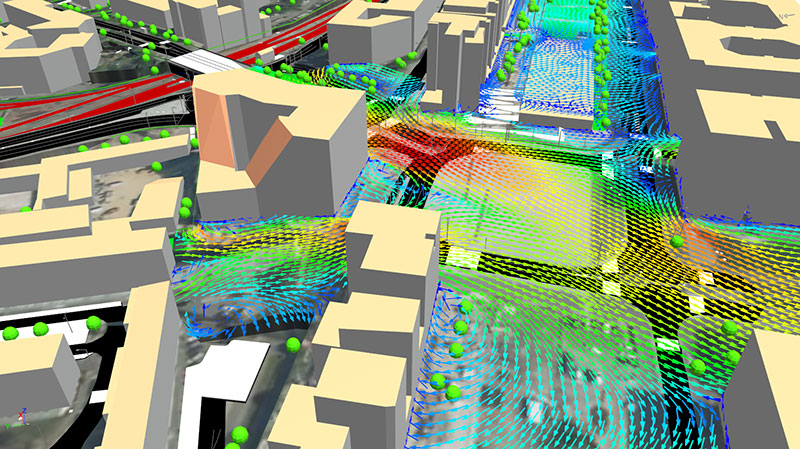
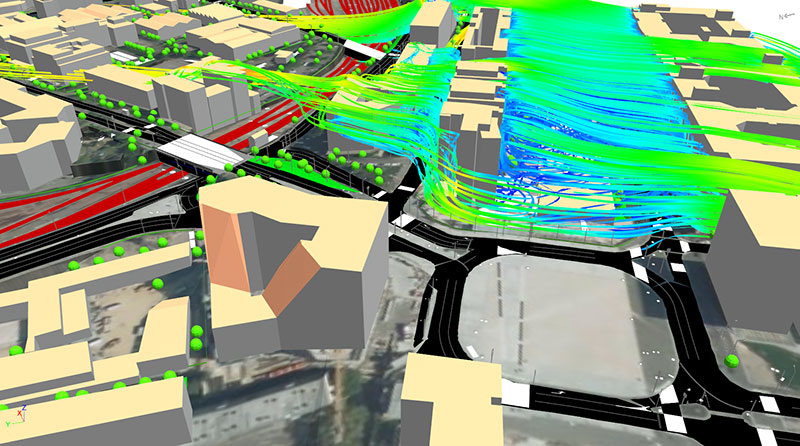
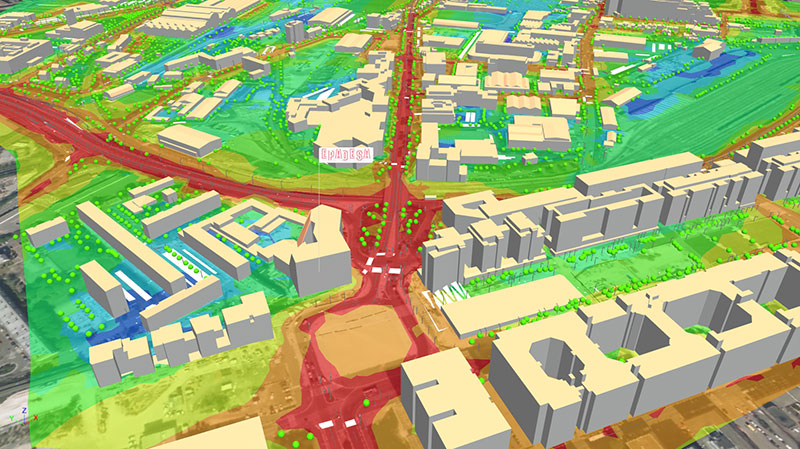
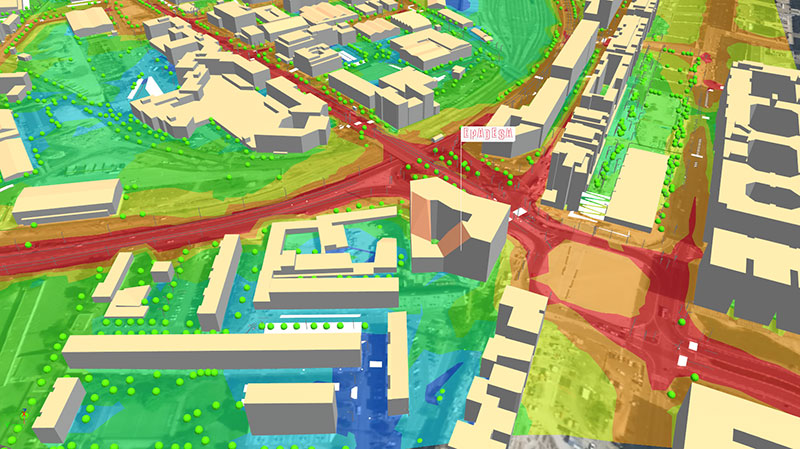




Protecting from light reflections, cast shadows and wind corridors, offering reassuring public lighting and a controlled urban sound environment and reducing the city’s environmental impact: the comfort of users in the Paris La Défense neighborhood is recreated and presented virtually, using a general approach. This is the outcome of research led by the local public institution Paris La Défense and the CSTB, as part of an R&D partnership. Technological innovations have now made it possible, using BIM/CIM (Building Information Management / City Information Model), to use several criteria when simulating the performance of a construction project, via the local area’s digital platform. Here is a close-up of this pioneering development that is helping improve urban quality to serve citizens.
By offering innovative services to the stakeholders of the Paris La Défense area, the CSTB performed 6 performance calculations (airflow, acoustic, environment, public lighting, sunlight reflection and glare) at a single location (Nelson Mandela Square) to find ways to increase the comfort of users. It used the data of the Paris La Défense BIM/CIM digital platform, connected to its own calculation programs. Next, the results were made visible on the digital platform, to be exploited. Color codes are used for reading and sharing each performance level, by zone or building/infrastructure (sound level, frequency of unpleasant wind, number of hours of sunshine, CO2 emissions, etc.).
This tool to aid design and decision-making represents a major advance, helping stakeholders project themselves into a real urban environment, with precise information at their disposal. It is the outcome of R&D conducted by the CSTB with Paris La Défense on multi-criteria BIM simulation, on the scale of a city. Given the amount of information in the digital platform, the CSTB had to develop a dataset corresponding to each calculation. The work is continuing in 2018-2019 to integrate energy performance into the BIM/CIM simulation, relying on data from existing buildings already being used. The work aims to support developers, builders and operators in a multiphysical approach to urban projects.
Simulating performance in BIM/CIM: this was made possible thanks to another advance. The calculations were based on qualified input data. For this purpose, in 2017, the digital platform of the current Paris La Défense area was expanded with readings taken by a land surveyor to supplement the GIS (geographic information system) data. The role of the CSTB was to structure all of the information in an open, international format (CityGML) and then to consolidate it in a vast, scalable, interoperable, autonomous database. A major technical challenge consisted of guaranteeing the quality of the information, the continuity of the exchanges and the durability of the system. Bearing in mind that hundreds of people can interact on an urban project, dealing with dozens of gigabytes of data over several years’ time, it’s easy to see the importance of this guarantee. Furthermore, the CSTB has developed an on-demand query service. A plug-in integrated into the eveBIM® software environment, it enables stakeholders to visualize the information in the digital platform of the local area and easily extract the information they need. This facilitates and expands their contributions to the project.
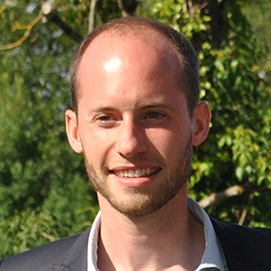
-Camille-Moirenc_150357.33e4cac.png)